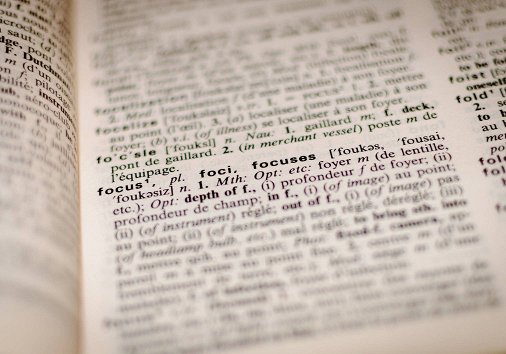What is Automatic Translation
It is common to try to simplify things, including translations. However, this isn't always easy.

Types of translation explained
Using computer technologies for translation has long been the cause of numerous discussions both in the related fields and beyond. The very name of the class of these programs — CAT tools (computer-assisted translation) — sounds rather vague, and many involuntarily associate it with poor-quality translation. However, is it really that bad? Let's figure it out.
The process of text translation using computer technology can be divided into two groups:
Automated translation
This is a system with a division of labor between a computer and a person: the former translates only parts with a strictly defined structure, and everything that does not fit into the scheme is given to the latter. The main difference from automatic translators is that, in any case, the decision on how to translate is made by a person, not a program.
Automatic translation
This one is colloquially referred to as a machine translation. And what is a machine translation? Simply put, the program works independently, and a person only edits the result. It replaces human labor, resulting in a quick translation that is not always perfect.

Benefits of automatic translation
The most obvious advantage of such a translation is, of course, saving time. Not all people speak multiple languages fluently, and more often than not, the text they want to translate isn't worth years of studying. In such cases, it is enough to use an automatic translation device.
Auto translation can also make various content more accessible and inclusive, for example, video makers can translate subtitles automatically for their viewers from different countries.
It's also a matter of convenience. Many websites have built-in automatic translation functionality, especially online stores, where it helps potential buyers get opinions from buyers from various countries.

Also, with the development of technology, smartphone owners don't even need to look for translation apps: Android's Gboard allows you to immediately auto-translate text messages not only to English but many other languages as well; on iPhones, this function is supported by several built-in applications.
Automatic translation drawbacks
Of course, it's not ideal. Despite significant advances in automatic translation, the results can sometimes be incomplete or insufficiently accurate, especially when working with complex texts, expressions, and topic-specific vocabulary.
Some translators also find it challenging to work with large files; they may not fully translate the entered text, omit parts of it, or confuse the context of one sentence with the next when it is not needed.
Therefore, professional human translators' services remain preferable, especially when precise and accurate translation is required.
Applications for automatic translation
Some browsers, such as Chrome or Edge, provide a built-in website translation feature; for others, it is better to use extensions or individual services and applications. The most famous examples of such translators are Google Translate, Microsoft Translator, and others. These systems can translate many languages and provide a quick and accessible way to get an overview of the content.

Recently, the DeepL service that works on the basis of neural networks has also been gaining popularity. It does not have many languages available, but it translates quite accurately. The service is available in mobile, desktop, and browser versions, and the latter two allow translating files in DOCX, PDF, and PPTX formats.
And if you need to translate some work-related text, it is better to turn to specialized services like Smartling, or something of the kind. Regular translators may not understand professional slang or how to translate it into the target language.
Automated translation systems are modern tools for professional translators. With their help, you can save, ensure uniformity of terminology and style, and improve the quality of translation. However, when using them, you must be alert and check the result because automatic translation is not always correct.



